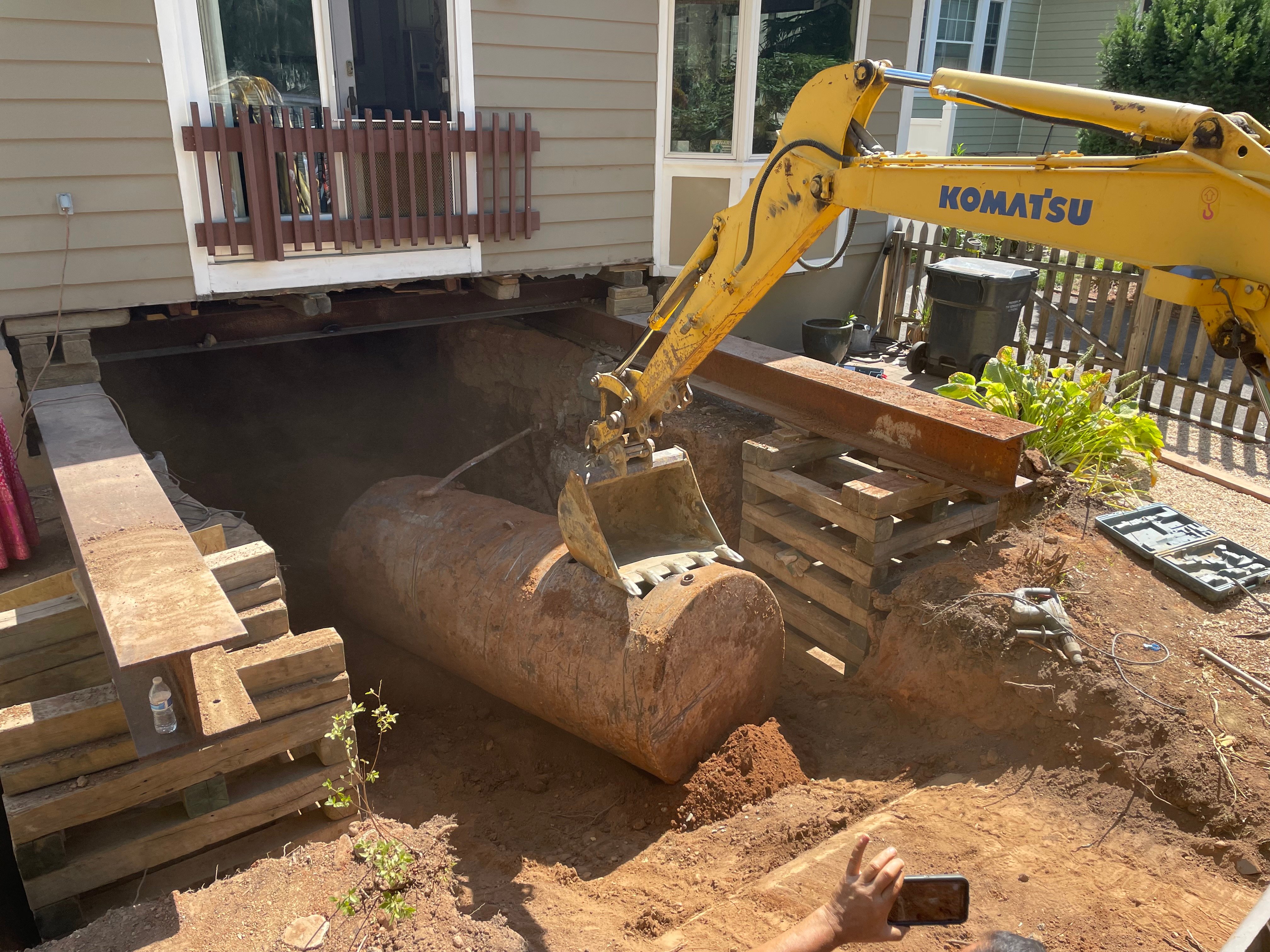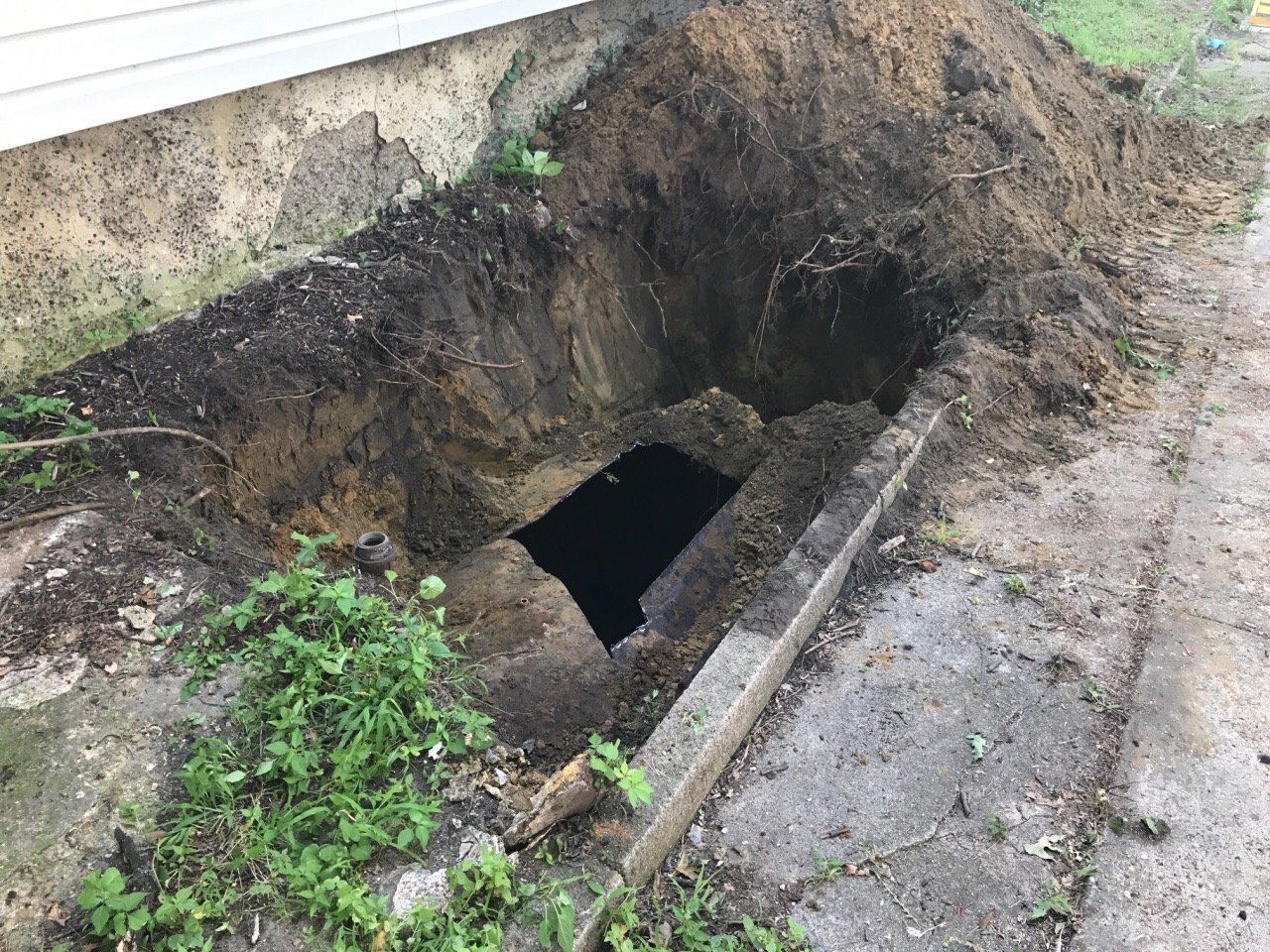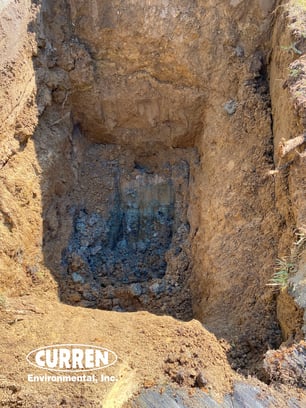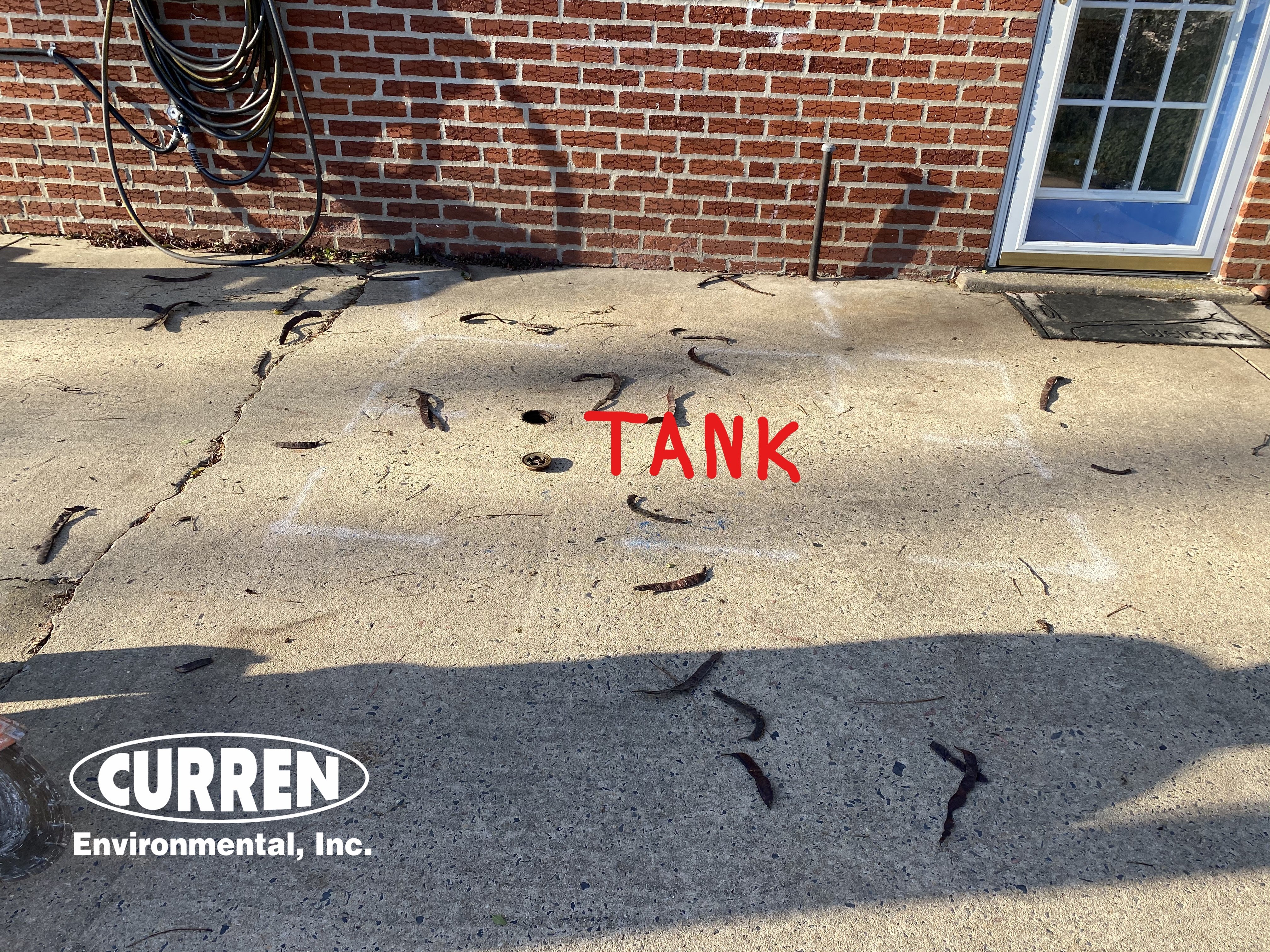Due Diligence = Tank Sweeps with GPR

Was your home built before 1990?

Do you have a house that had coal heat (home built 1800 to 1940’s used coal for fuel).
Do you know that natural gas become popular in the 1970’s and 1980’s?
Many people are surprised that homes built from early 1900 to 1980’s used oil for a heat source. People think that natural gas was prevalent everywhere, when in reality natural gas was not available in many areas when homes were initially built. Many residential developments were built where natural gas lines were not in place and developers did not always wait for the natural gas utility to run lines for new developments, so oil was the easiest option.
If you have a house with an Oil Burner Emergency Switch, you likely have an oil tank.

If you find evidence of an oi tank, your first inclination maybe to ignore it (hey you bought the house not knowing). Maybe when you sell the property the buyer will not care. Maybe you google buried oil tank and find some seriously scary pages on how these tanks leaks and remediation can run thousands of dollars. Now you are thinking the tank could lower the value of your property. What do you do? Call an expert, at Curren Environmental we have been dealing with oil tanks for over 20 years, we are expert bar none.

Tank scans or sweeps are performed as part of normal buyer due diligence during a real estate transaction. Due diligence is what a buyer perform prior to purchase to protect themselves from liability. A home inspection is a form of due diligence, but most all home inspection exclude oil tank scans.
The benefit of finding an underground tank before purchasing a property is to avoid the cost of cleaning up a leak caused from the tank. If you buy the property, you buy the problem.
Tank scans have exponentially increased as part of a typical residential purchase in the last 10 years. What buyer and sellers are finding is that tanks are present that owners never addressed. Some sites we find tanks that had been previously filled in place in place with sand or foam.
The photo below is from a tank that was removed. It had been previously filled with sand, although removal was easy. The discolored soil at bottom of hole is from the oil that leaked and contaminated the ground. Owner avoided finding the tank leak by filling the tank 20 years ago with sand. Today you can't get a mortgage without proving the tank did not leak.

What buyers and seller often fail to realize is that the most important question about any oil tank is if it leaked. What most homebuyers do not know is that thousands of properties in NJ PA & DE have oil tanks that leaked, which is not disclosed to buyers. Get a tank Sweep and protect yourself.
Call the Experts
888-301-1050

